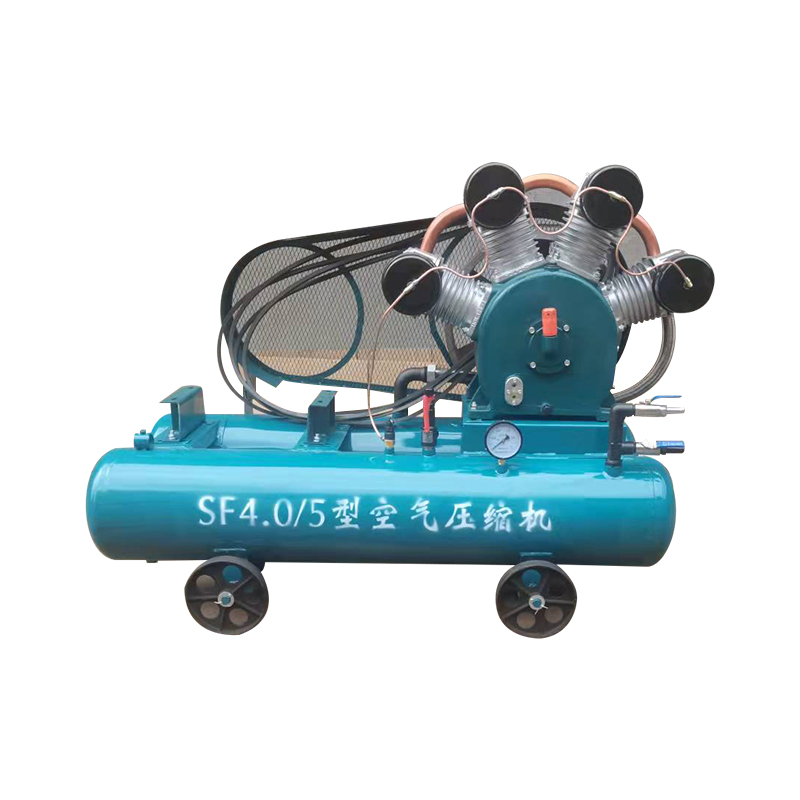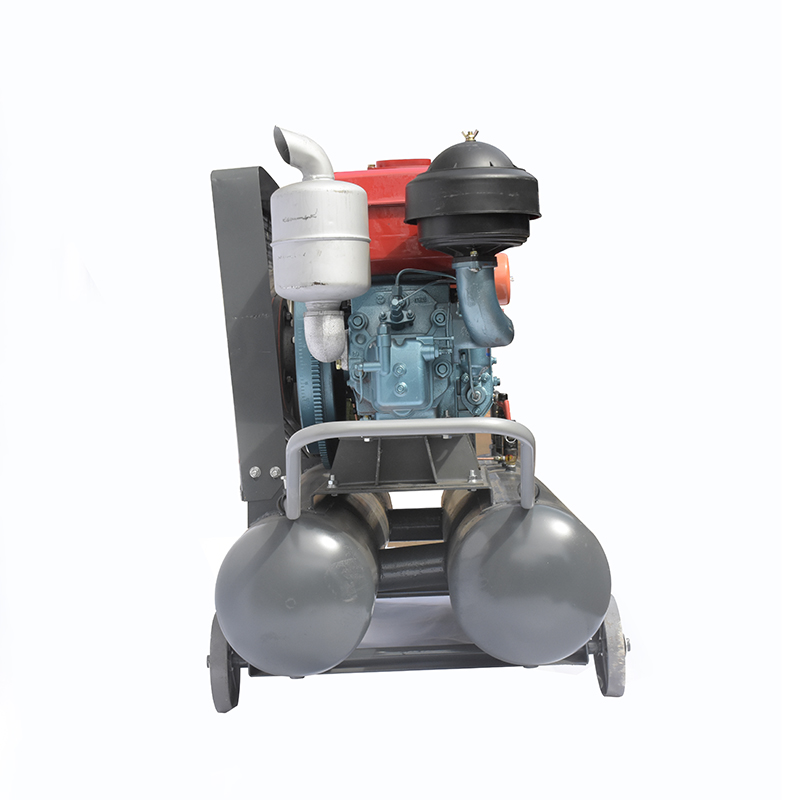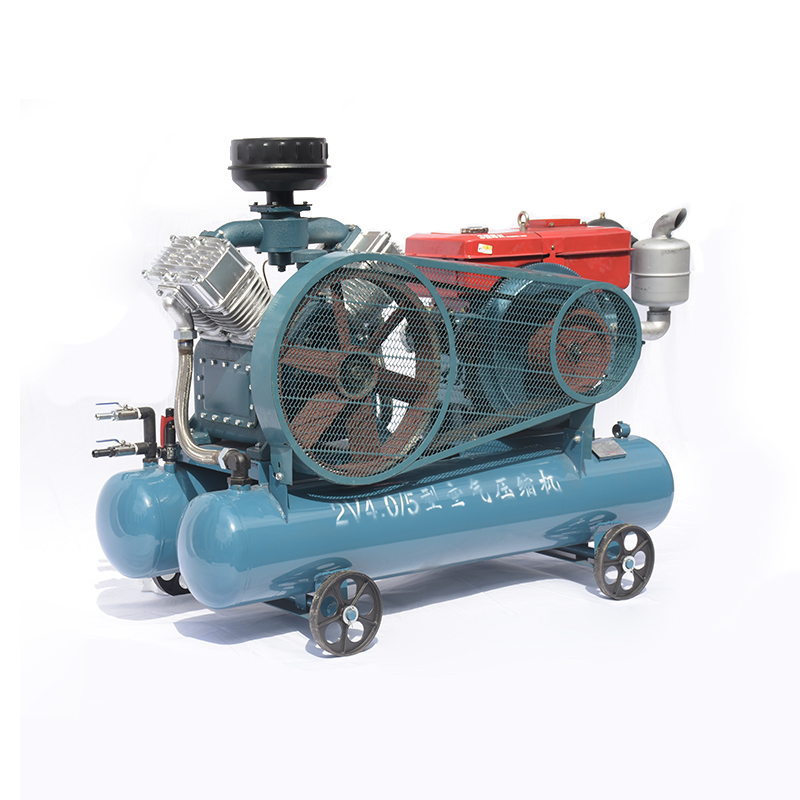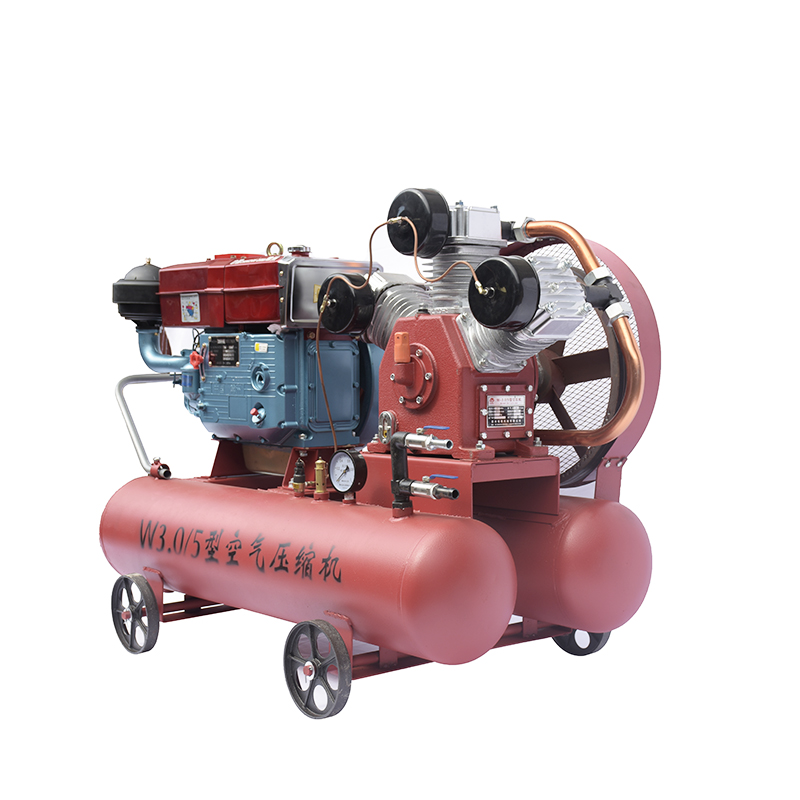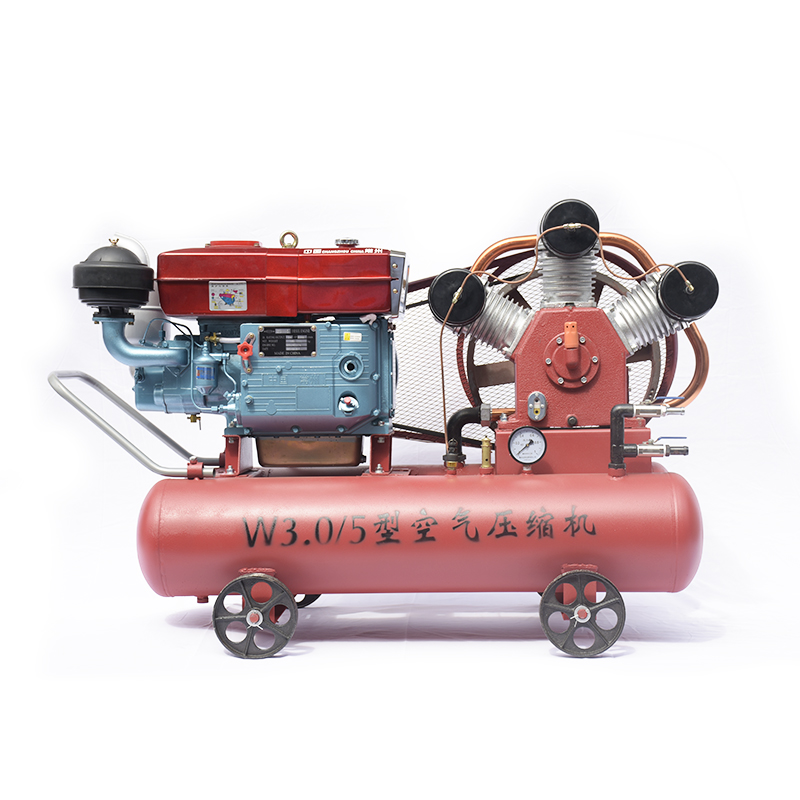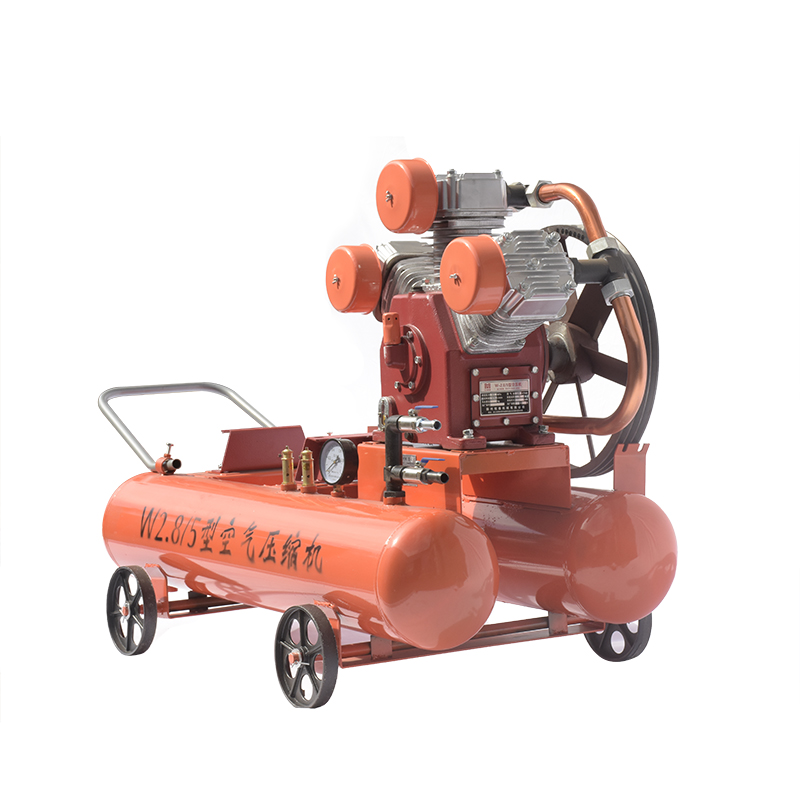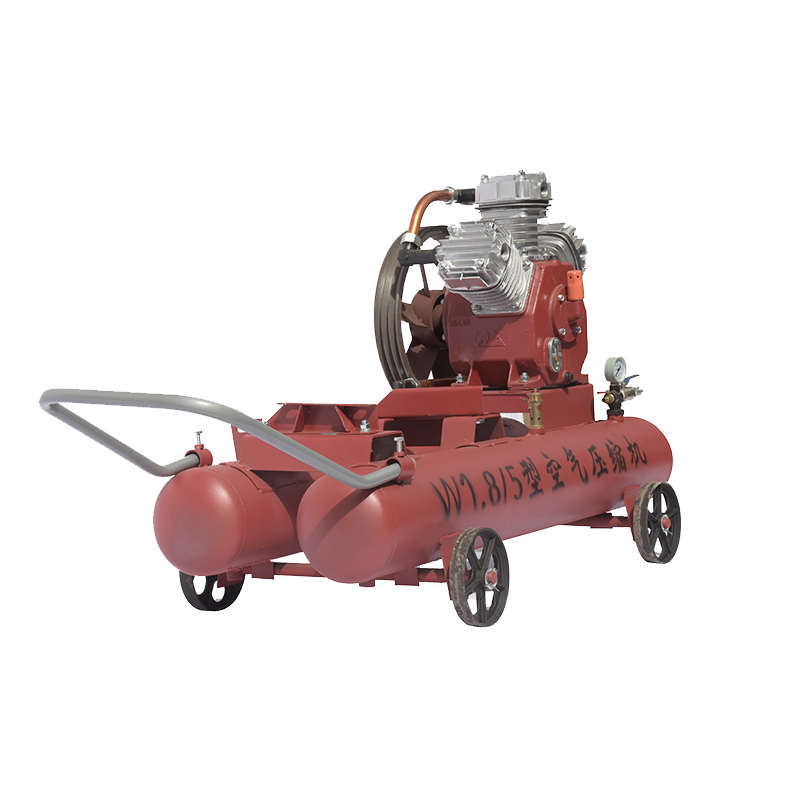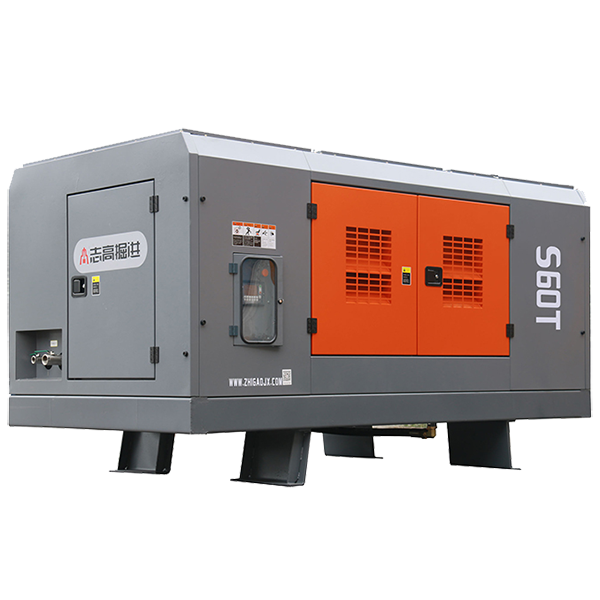Measuring the output of an air compressor is commonly done using SCFM, otherwise known as ‘Standard Cubic Feet per Minute’. This unit of measure is calculated according to the standard atmospheric pressure of 14.7 PSIA and a temperature of 68F, which are both fairly normal conditions.
To find out your air compressor’s Standard Cubic Feet per Minute (SCFM), start by noting down the tank volume in cubic feet and the minutes taken for it to fill from zero to full. Once you have the data, simply divide the volume of the tank by time taken to fill it, and you will have your SCFM.
To put it another way, if your tank has 10 cubic feet of space and it takes 60 minutes to completely fill, then the compressor supplying the air is putting out 10 SCFM (cubic feet per minute).
A common unit used to assess the productivity of an air compressor is CFM, which stands for cubic feet per minute. This simply evaluates the rate at which the compressor produces air in a given span of time. Sadly, CFM is not an ideal calculation as it neglects to consider the air pressure it is dispensed with.
Accuracy is the key factor in measuring the output of an air compressor, and SCFM does just that. By calculating the output of different compressors at a uniform pressure and temperature, comparisons can be made without any discrepancies.
As an illustration, suppose there are two air compressors, each with distinct tank capacities – compressor A possessing a 10 cubic feet volume tank and compressor B possessing one with 20 cubic feet volume. Putting out the same volume of 10 CFMs, doesn’t mean they’re necessarily comparable in output.
When measuring the output of an air compressor, SCFM is the most precise way of assessing its capability. For example, Compressor A may produce 10 cubic feet of air at 100 pounds per square inch while Compressor B is creating 10 CFM at 50 pounds per square inch: although they both emit 10 CFM, the latter is actually offering half of the quantity of air pressure – so, Compressor A is providing twice as much.
If you’re looking for a compressor, you want to pay close attention to the SCFM rating. This will guarantee that your compressor is capable of providing ample air at the appropriate pressure for your needs.
The magnitude of the motor’s capacity in an air compressor is denoted by its horsepower, or HP. However, it is important to note that this is not a reliable metric for measuring the compressor’s performance.
While it may appear that a 1 HP air compressor is able to generate a an equal level of SCFM, this is usually not the case. In fact, the average for a 1 HP air compressor is closer to 0.5-0.6 SCFM, meaning it can be highly beneficial to dig deeper and consult the SCFM rating of any given compressor, rather than relying solely on the HP rating.
Investing in an air compressor with a large tank can reap rewards in the form of decreased energy expenditure. The ability to store more air comes with an associated decrease in demand, and reduces the workload of the compressor. All of this ultimately equates to lower electricity bills in the long-term, so it is certainly worth keeping an eye out for size!
You must assess the scope of your project when determining which air compressor is appropriate. If a minimal amount of air is required, a diminutive compressor would serve as a reasonable selection. That said, if your project necessitates vast quantities of air, then opting for a larger one is imperative.
After you assess the exact demands of your project, you can reach your destination faster with a methodical review of the SCFM rating of the air compressor. With this approach, it won’t be too difficult to identify a compressor that can fulfill your specific requirements.
Post time: 2023-06-26


